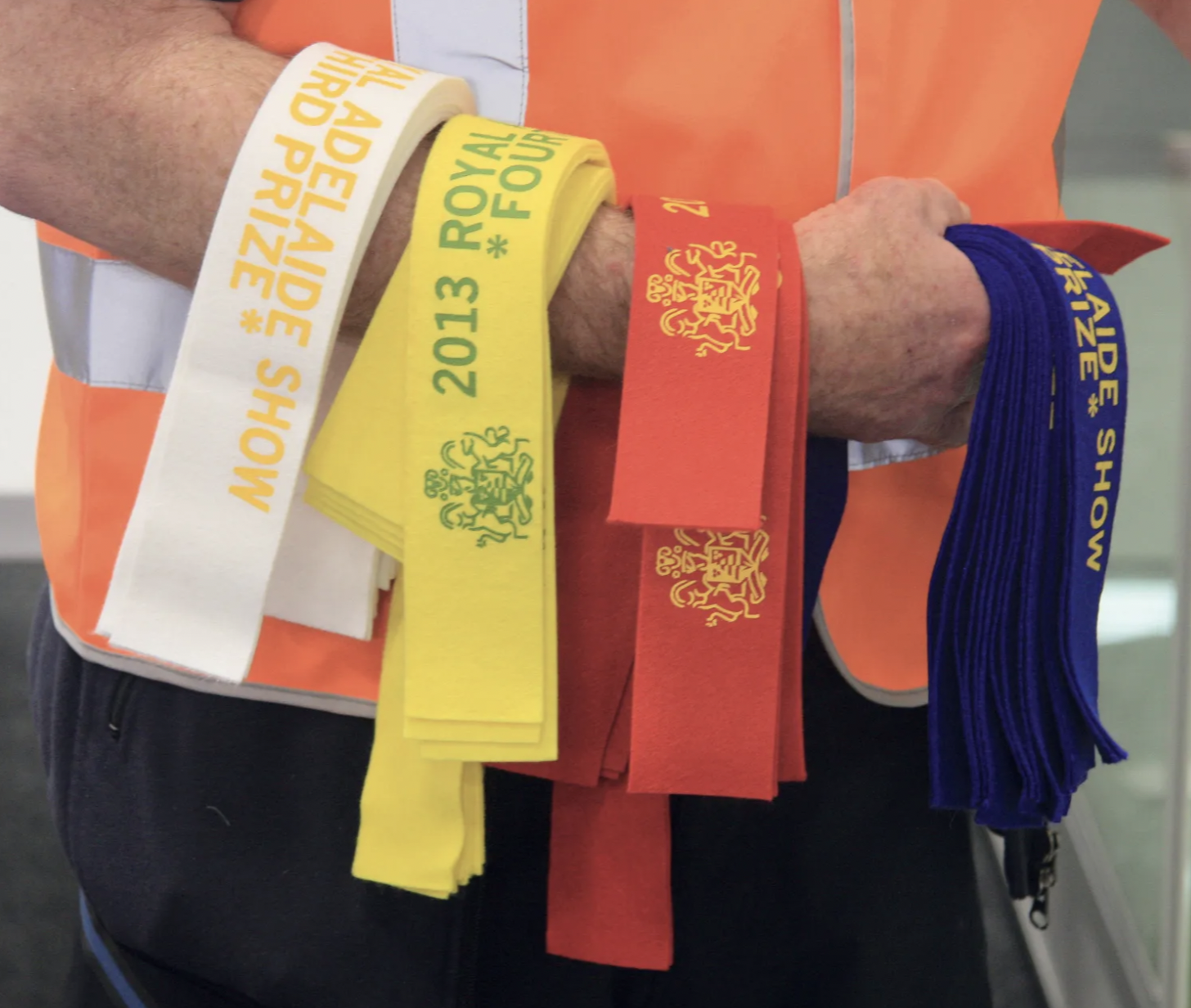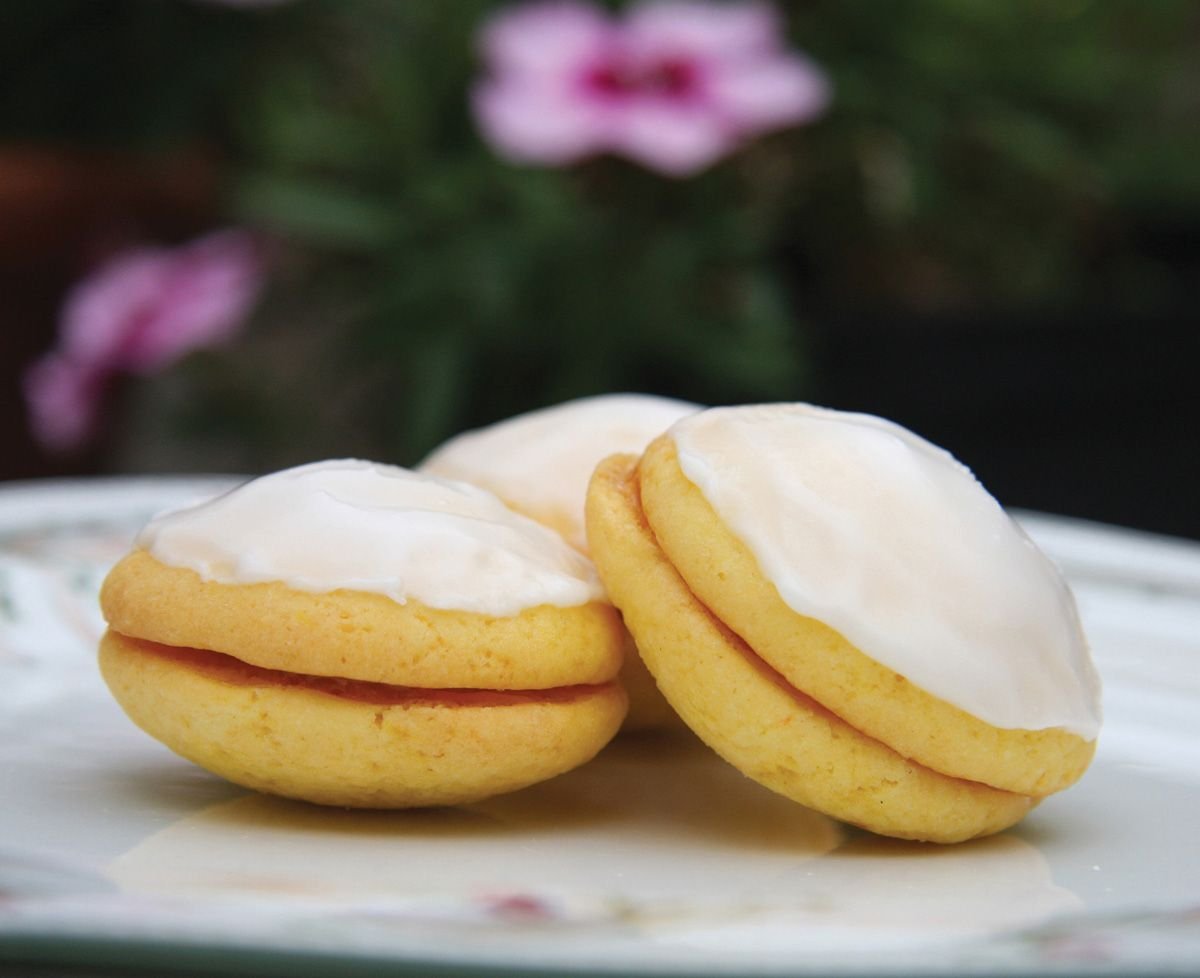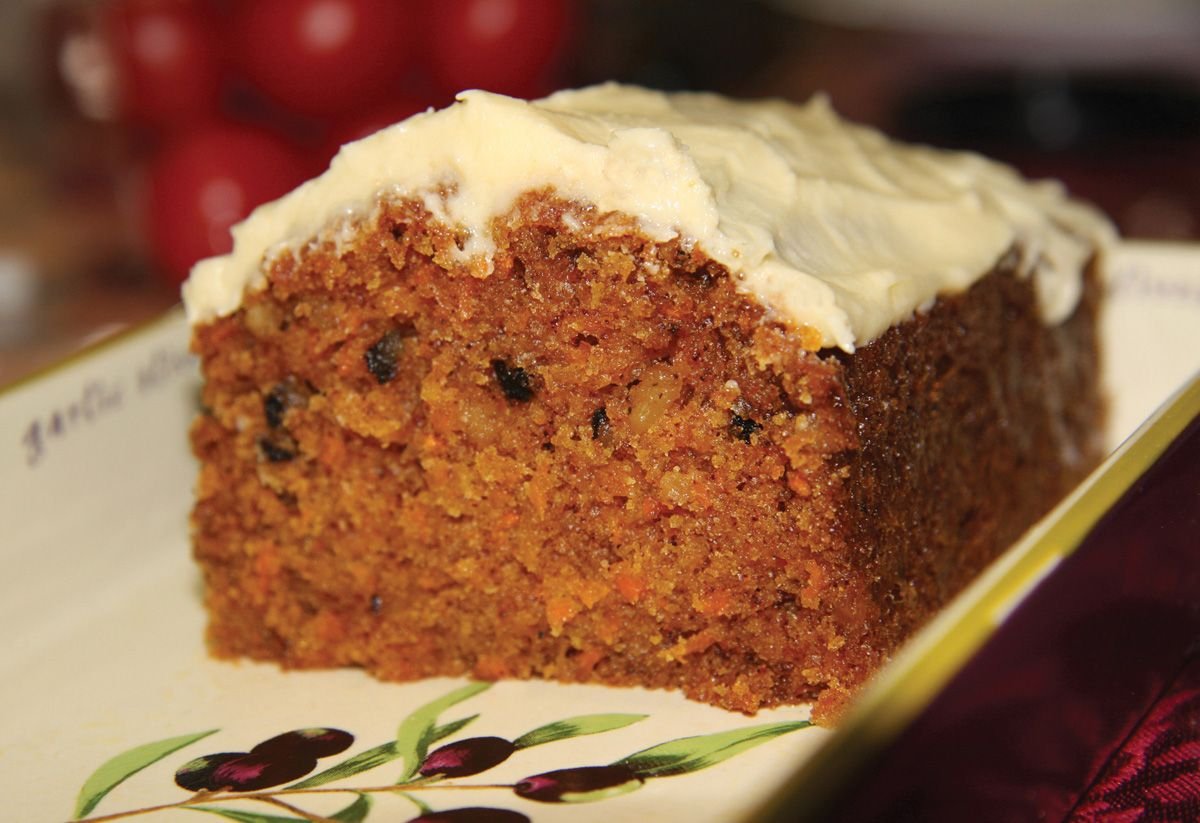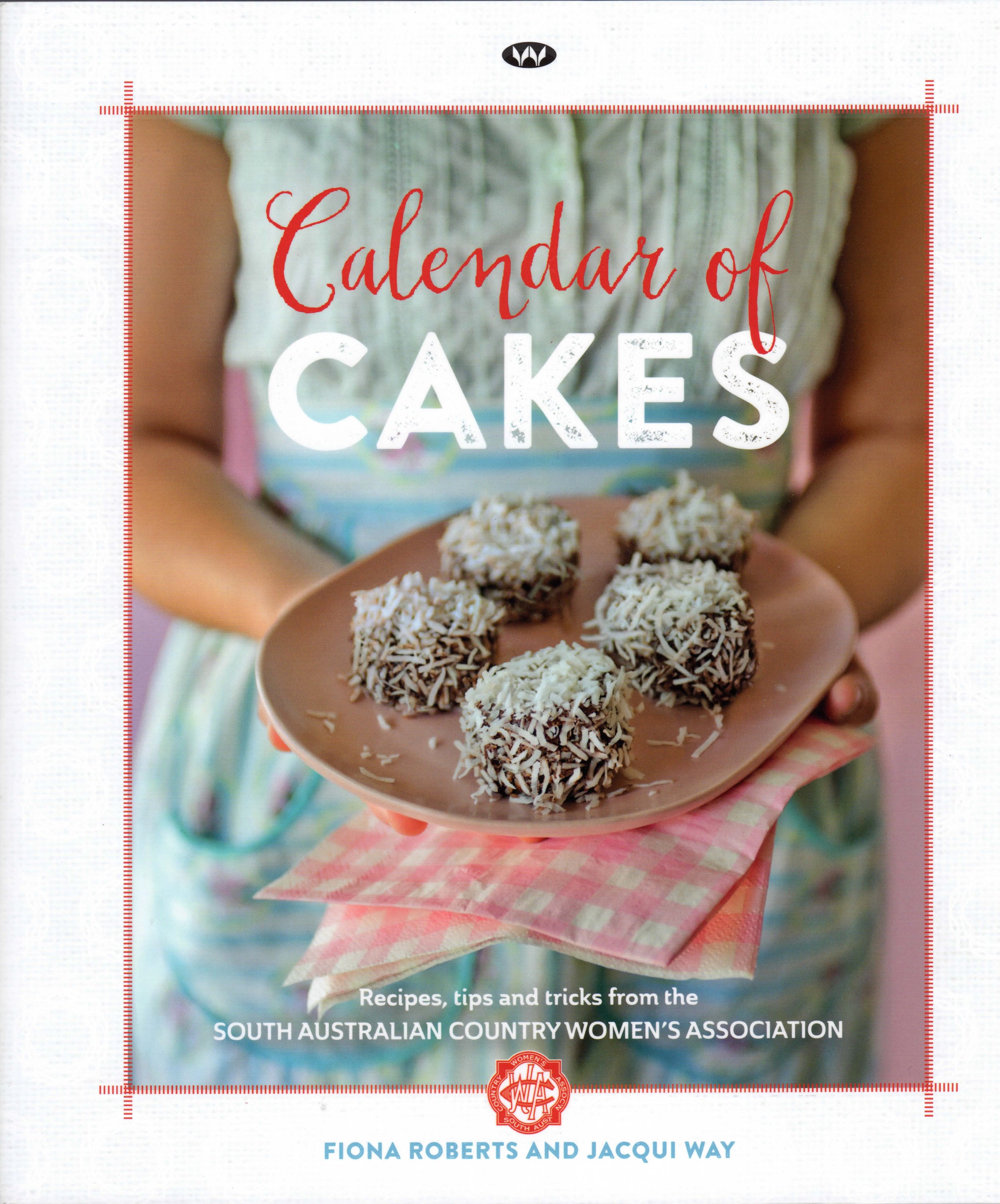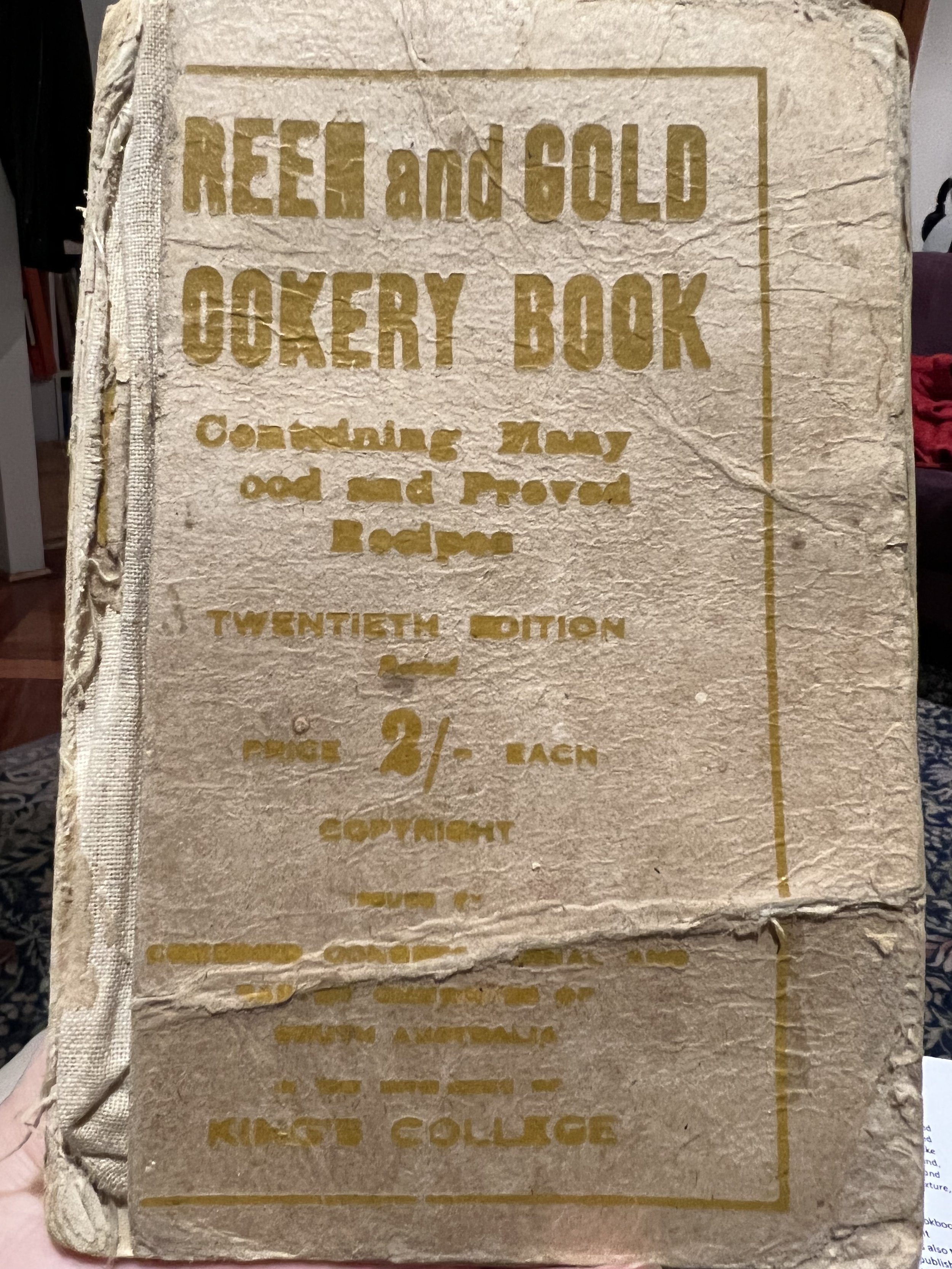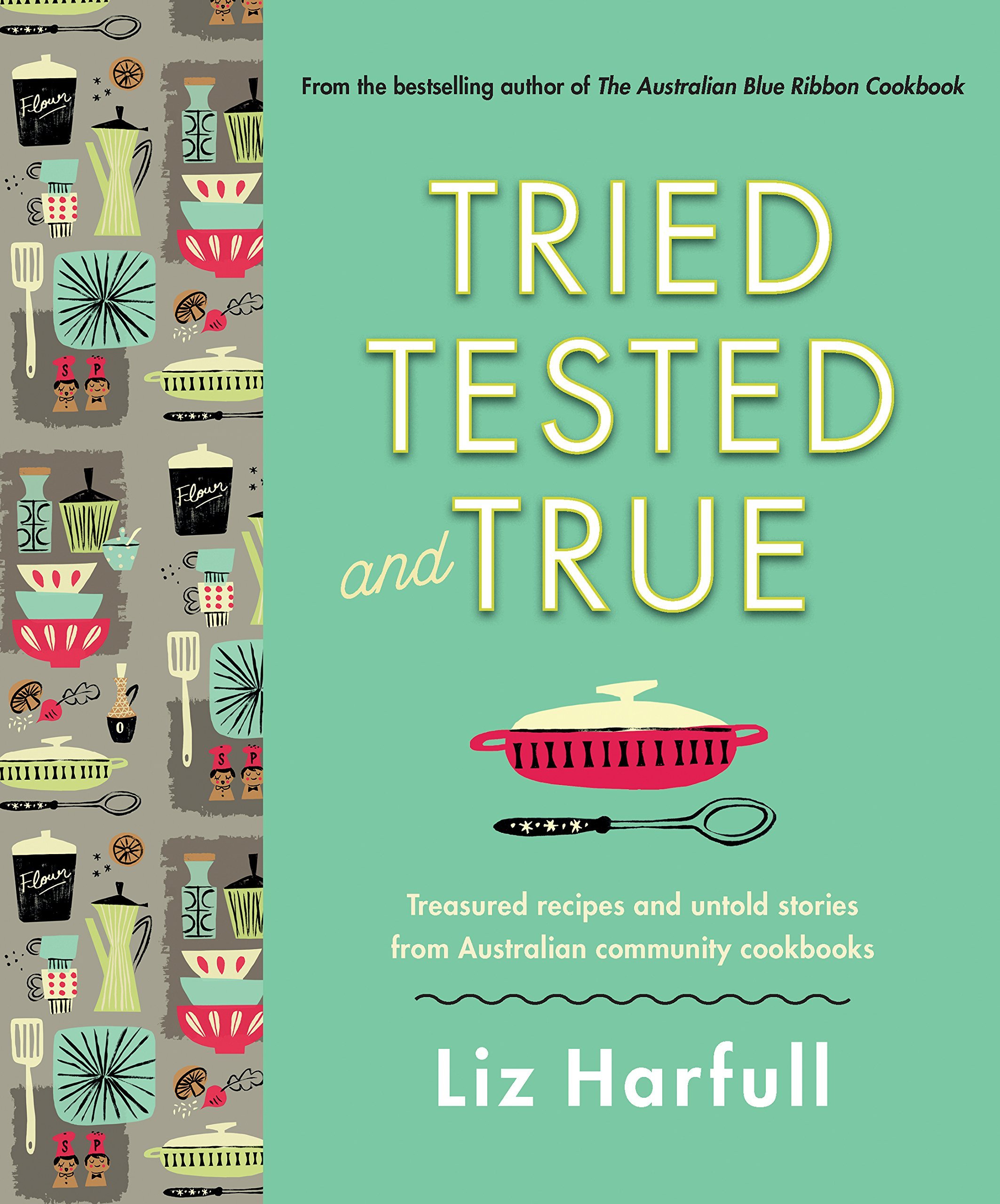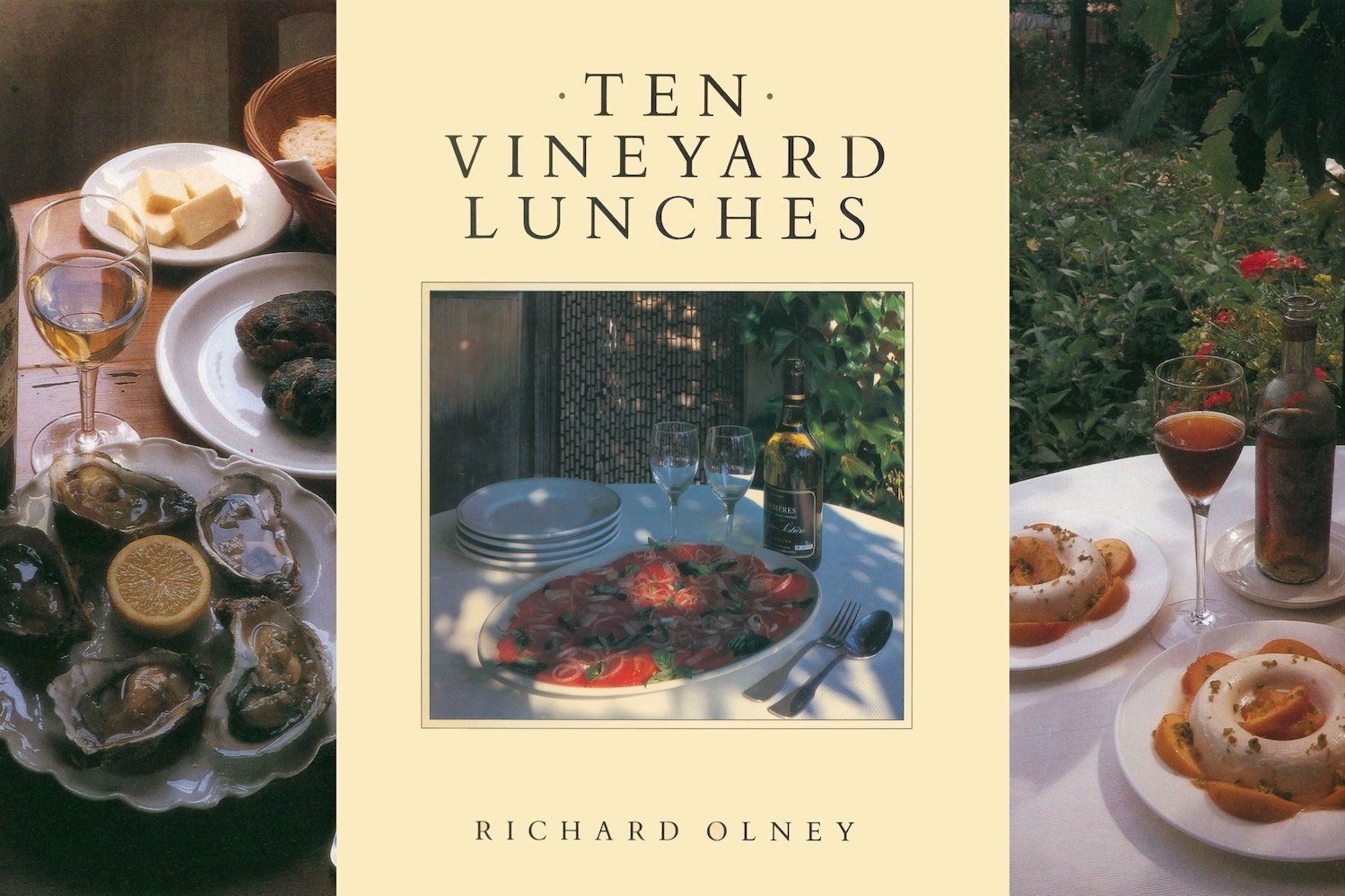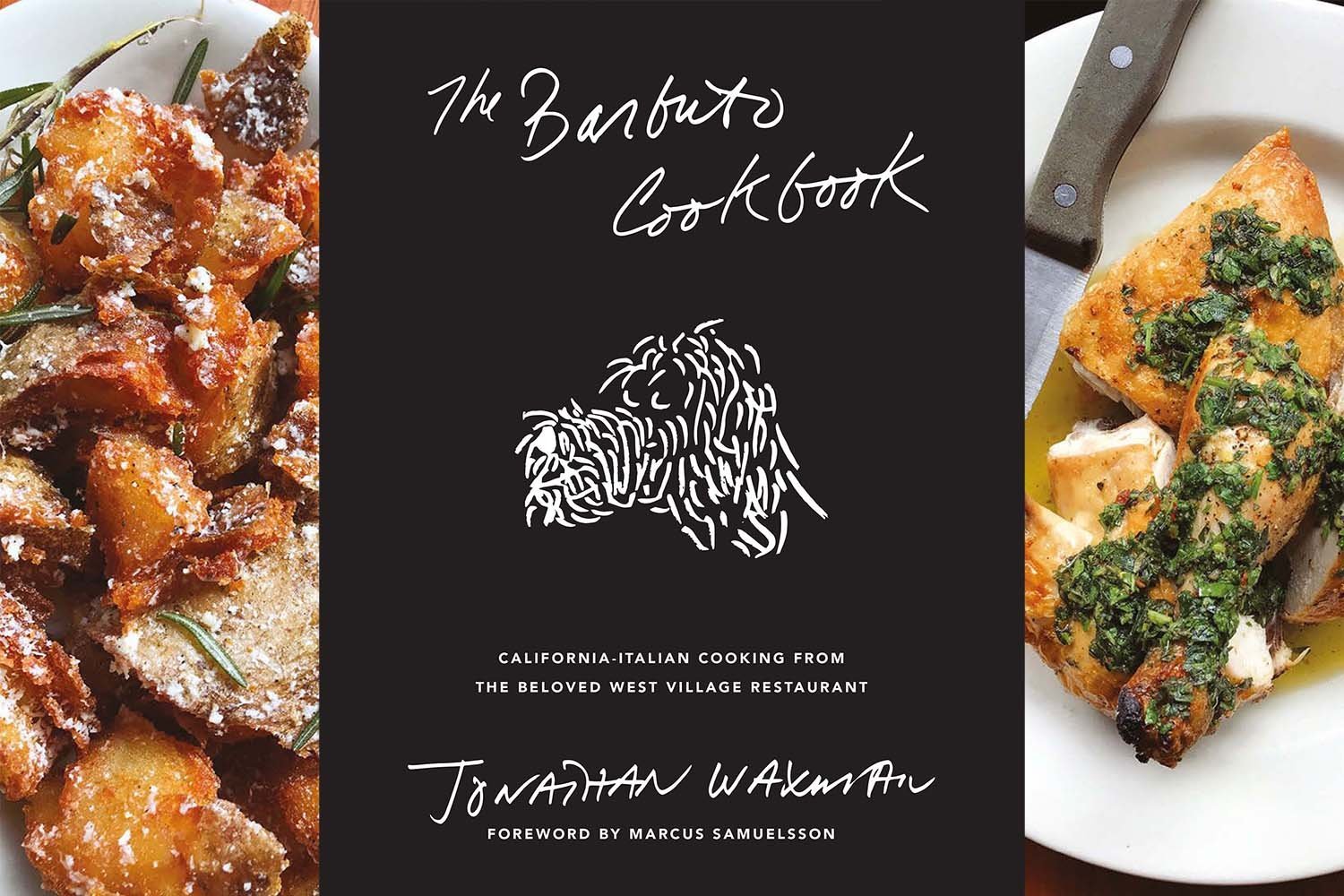Behind the Cookbook: The Blue Ribbon Cookbook
“The Blue Ribbon Cookbook by Liz Harfull is a salute to South Australia’s prizewinning country show cooks”
Francene Connor, a marketing consultant and an enthusiastic ckbk user, has known Liz Harfull, the author of The Blue Ribbon Cookbook, for many years. Francene told ckbk, “I first came to know Liz when she was a journalist for the South Australia-based Stock Journal and I was running publicity for the Royal Adelaide Show”. Francene later went on to act as a recipe-tester for Harfull’s most recent book Tried, Tested and True.
In this guest post, Francene introduces Harfull’s Blue Ribbon Cookbook, and its sequel, The Australian Blue Ribbon Cookbook, and discusses community cookbooks and the important role they play in preserving rural traditions and supporting local communities.
By Francene Connor
Liz Harfull’s first book, The Blue Ribbon Cookbook, was born from her love of history. Liz comes from a small farm near Mount Gambier in South Australia. During her career, she worked as a journalist on metropolitan and rural newspapers and at an agricultural and environmental management consultancy.
Her interest in the traditions of country shows and show cooking makes Liz’s first book an essential record of the social history of the country show movement that developed across South Australia from the early days of European settlement. Its recipes shine a light on the lives of the cooks and their accumulated knowledge, and their quest for the ultimate accolade: to win a blue ribbon at the local show.
Liz is a great storyteller and is not shy about using a good recipe to reveal a good story. The result is a best-selling book, much praised by critics and home cooks alike. It even took Liz to Paris where it was named runner-up in the most hotly-contested category of the Gourmand World Cookbook Awards against 40 finalists from more than 50 countries.
The glorious photographs throughout the book depict all aspects of country show life, from the past to the present. I love looking at all the hands in the photographs – showing age, youth, and experience – all seeking the elusive blue ribbon. Each recipe offers insightful tips from the judges, whose acquired wisdom, willingly shared, is gold dust for novices and experts.
One of my favourite recipes is for Cockles (perhaps so named because they resemble a small sea creature). Each jam-filled sandwiched biscuit is iced and then sprinkled with desiccated coconut to top it off. The judges’ tips include the size preferred for show entries: “slightly smaller than for home consumption;” the finished colour: “paler is preferred;” and the preferred jam (which is apricot for the cook of this recipe, Jenny Parish.)
Preserving food history
Agricultural shows have always been popular events across Australia. Created in past centuries as a showcase of the ‘best of the best,’ these shows continue to provide communities with the opportunity to learn how to grow, preserve, and make the products needed to live well.
The country agricultural shows of South Australia have a history steeped in hard work and of bringing quality produce to the table for sustenance, as well as for pleasure. The early competitions led to improvements in cropping and livestock, thus encouraging production of an ever-wider range of valued produce.
An important aspect of The Blue Ribbon Cookbook (which specifically covers South Australia) and of its followup, The Australian Blue Ribbon Cookbook (which covers the whole country) is Liz’s work to preserve the history and background to these important recipes, which otherwise might have been lost.
Liz links us to the women who safeguarded the recipes, and their shared knowledge enables a connection to memory, to family, and to neighbours – connections still relevant today. These valuable books ensure that the recipes remain alive for cooks of the future; they help to remove uncertainty for nervous cooks while giving them the confidence to successfully reproduce the pleasures of earlier times.
“It’s all about people”
“Writing is all about the people,” Liz once told me. And in finding those blue ribbon winners, Liz got to know and appreciate the people she met, often helping to write the recipe to ensure it would outlive the work of just one person or one community.
Many of the handwritten recipes assumed a prior knowledge being passed down through many hands. Often, no oven temperatures were listed (thermostats did not exist in early ovens), and frequently there was no ‘method’ to the recipes. Cooks were just expected to know what to do by having watched from an early age their mothers or grandmothers making the recipes.
When Rex Liebelt spoke to Harfull about his blue-ribbon Carrot Cake, he showed her the recipe, which was taken from a community cookbook given to him by his parents. It was published by St Mark’s Lutheran Church in Dubbo, New South Wales. Rex regularly enters his cake in the Strathalbyn show in South Australia. “I follow the recipe every time I bake the cake and it always turns out well,” he says.
Rex’s tips for a blue-ribbon result are to beat the cake by hand, using a large metal spoon, and that “the topping can be kept in the refrigerator and spread without warming.” The judges’ tips say: “The cake should have a fine, even, moist texture; it should not be crumbly.”
Harfull’s extensive background research has led her on a fascinating journey, discovering an incredible range of community cookbooks, compiled by many unknown people. Gathered to raise funds, the cookbooks supported community endeavours, charities, and causes, realising potentially millions of dollars for the fortunate beneficiaries, which included sporting groups, hospitals, cash-strapped local schools, medical research, and even some political parties.
Cookbooks for communities
There would scarcely be a home in Australia that does not have at least one community cookbook on the shelves, often hidden away behind more recent cookbooks vying for favour. One of my all-time favourites is the stunningly beautiful Calendar of Cakes Cookbook produced in 2015 by the young women members of the Adelaide Branch of the South Australian Country Women’s Association. (The CWA is an institution much like the UK Women’s Institute.)
The Calendar of Cakes Cookbook was produced in 2015 by members of the Adelaide Branch of the South Australian Country Women’s Association.
The members used their combined talents and cake recipes from CWA members across the state, to create a professional-quality cookbook that has helped raise funds to assist women and children in need throughout their community. It has sold more than 20,000 copies. [ckbk hopes to add the Calendar of Cakes cookbook at a future date]
Among the best-known and most popular of the community cookbooks is the Green and Gold Cookery Book. First compiled by Anne Sharman in 1923, it was published as a fundraiser for King’s College, now Pembroke School. While Anne Sharman is little-known today, her cookbook is a household name, published in numerous editions, and has become an heirloom in kitchens across Australia.
My own treasured copy, which belonged to my mum, and to her mum before her, is falling apart, but reading it always brings back precious memories of delicious food made with love and shared with family. The 75th anniversary edition, published in 1999, took total sales to more than half a million copies.
Lessons learned
We learn from Harfull’s delightful cookbooks that there were thousands of community cookbooks produced in Australia over the past century, with an endless variety of recipes. For me, there is one category that stands out as a favourite to share: the oh-so-elegant sponge cake.
Several variations appear in The Blue Ribbon Cookbook, including Beryl Hill’s Ginger Fluff, an exquisitely light, spice-tinged sponge based on a recipe she found on a CWA calendar. Beryl has been competing in shows for more than 50 years and is regularly joined by her daughter, Judith Wood, and grandson Geoffrey, who are all fiercely competitive.
At 85, Mavis Sampson is well-known for her light and delicate Honey Sponge Roll. In 1995 Mavis was recognised with a Citizen of the Year Award, and she is still volunteering in her community. Margret Green’s recipe for Pinch of Salt Sponge breaks all the rules usually associated with sponge-making, but the recipe is well worth trying – and it might just be your route to a winning show entry.
In Liz Harfull’s second cookbook, The Australian Blue Ribbon Cookbook, a recipe for Chocolate Sponge is shared by Matt Fleay-Daly, the youngest person in the history of the Royal Melbourne Show to win the open sponge sandwich class. He was only 13 at the time!
Also featured is Norm Hurst’s Water Sponge, which includes one cup of boiling water; and the Passionfruit Sponge from Oriel McRae, who has raised $22,000 for international children’s charity World Vision from the sale of her sponges, biscuits, cakes and pies.
In her third cookbook, Tried, Tested and True (coming to ckbk soon), Liz selected just one sponge cake recipe: the ‘Blue Ribbon Championship Sponge’ – a perfect starting point for a novice sponge-maker. The recipe came from Mrs A Thornton of Hurlstone Park in Sydney and won her a large silver cup in a special competition held in September 1930 to raise money for people with hearing, sight, and speech disorders.
Each of these sponge recipes differs from the others, but what better way to perfect your own recipe than by testing them all, in the privacy of your own home kitchen?
I hope you will enjoy reading (and making) the recipes so lovingly gathered by Liz Harfull – I guarantee you will not be disappointed. And do keep striving for the blue ribbon, even if it is awarded by those around you who are lucky enough to taste your own personal competition entries. Try some of the most popular recipes from Liz’s cookbooks below.
Popular recipes from The Blue Ribbon Cookbook
Popular recipes from The Australian Blue Ribbon Cookbook
Recent posts
Richard Olney’s wine wisdom
Create your own French menus from Richard Olney’s classic book Ten Vineyard Lunches.
Behind the Cookbook
Torie True’s Chilli & Mint, published in November 2021, is packed with home-style Indian family recipes.
Behind the Cookbook
The Barbuto Cookbook by noted New York City chef Jonathan Waxman is dedicated to California-Italian cooking.


